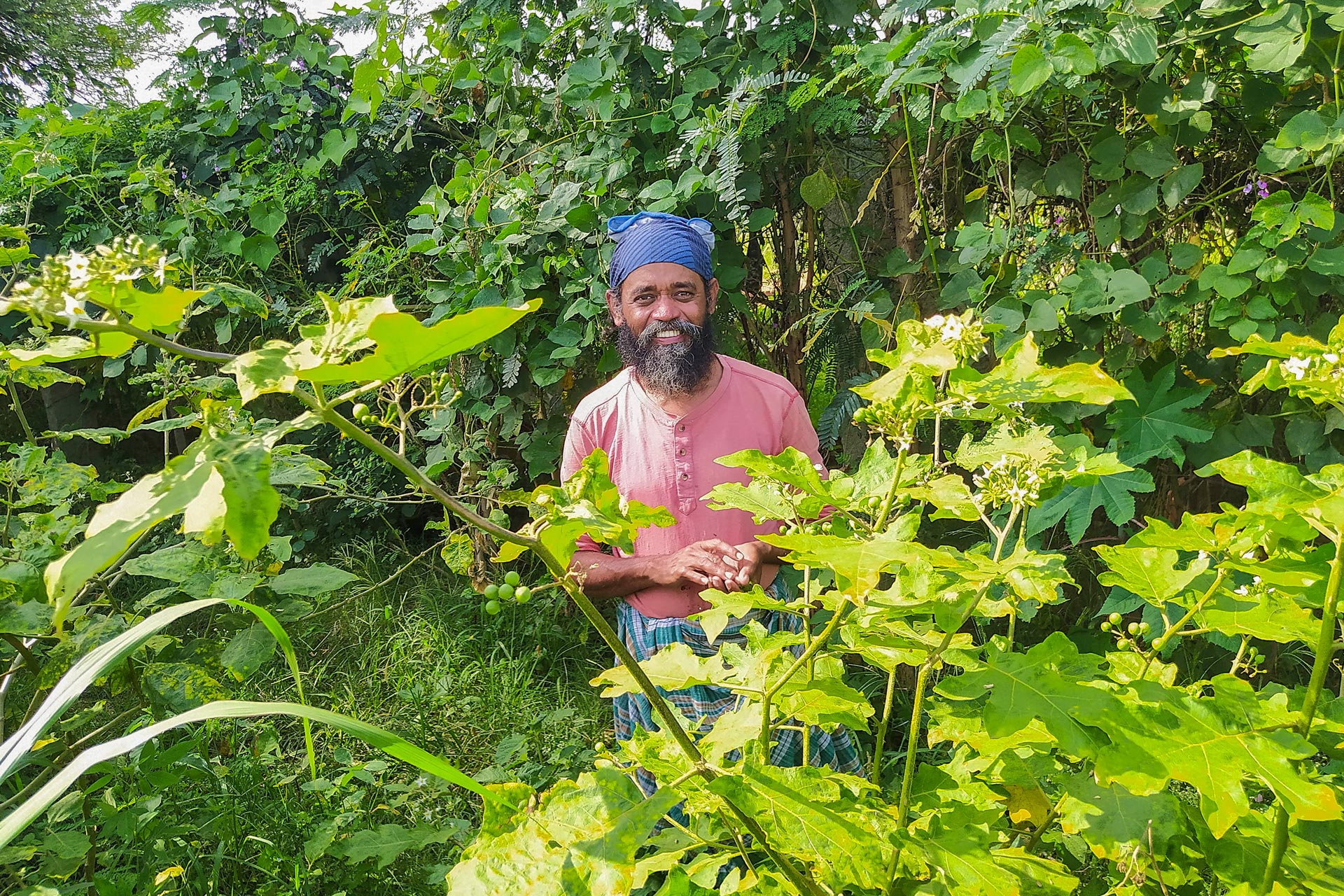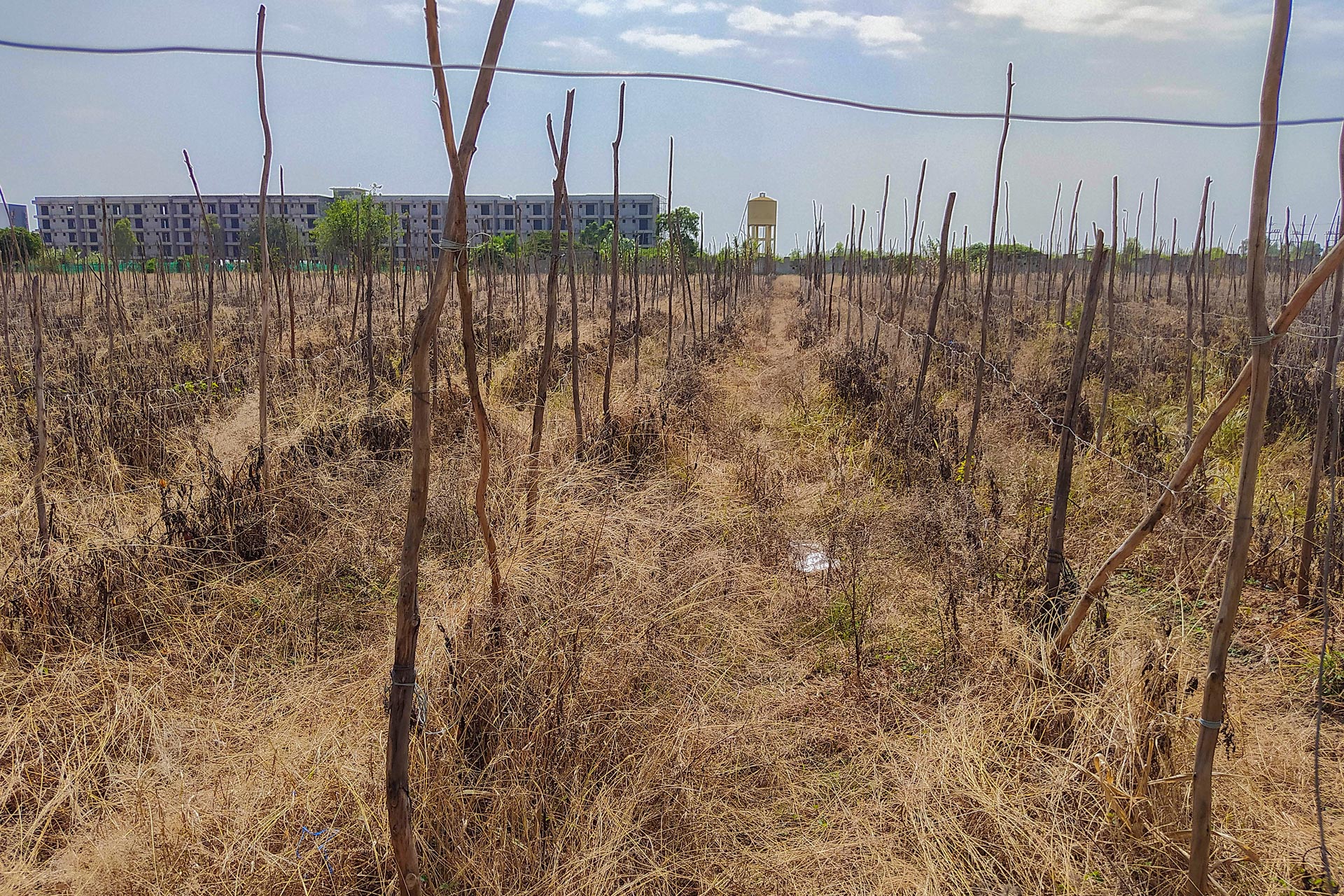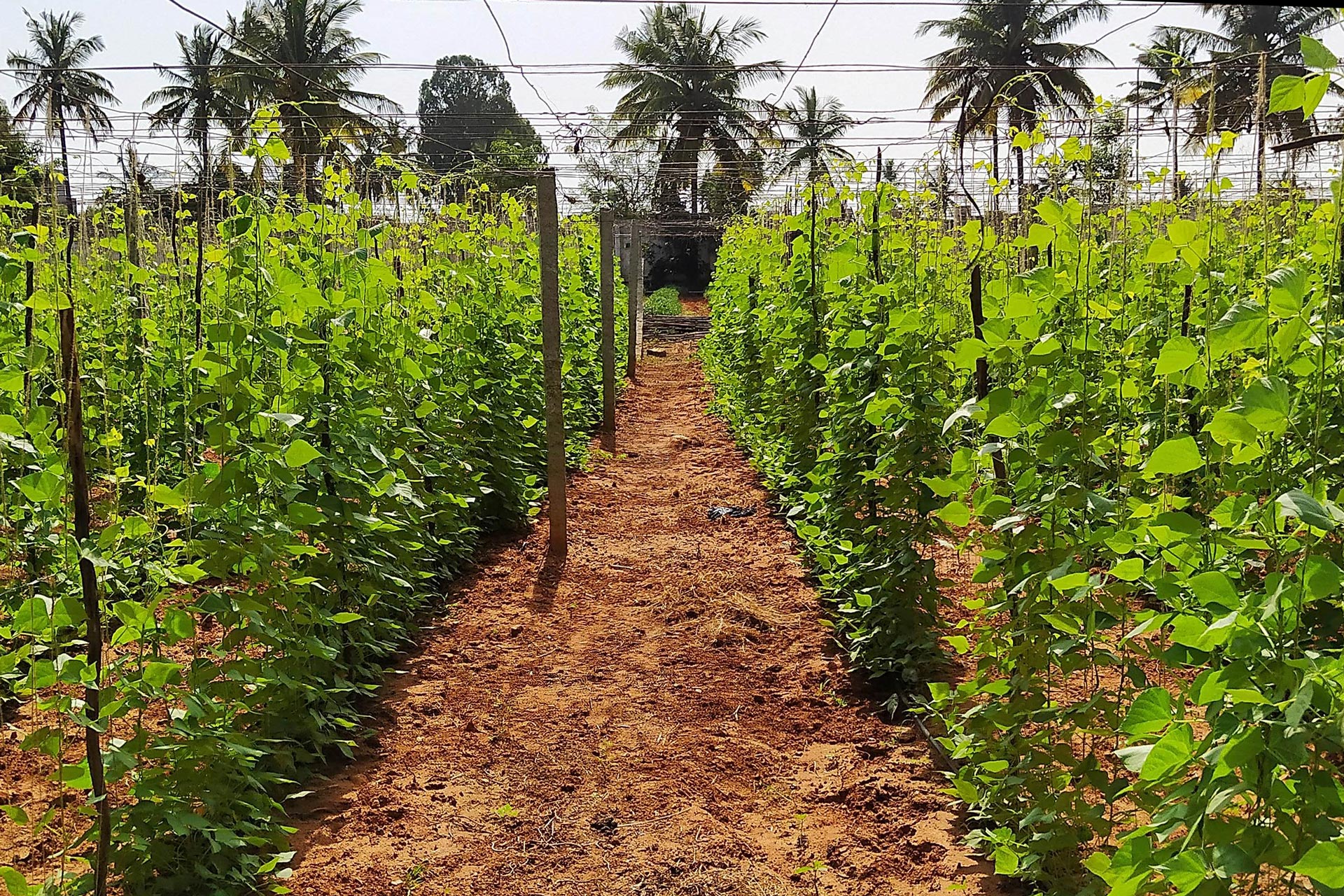INDIA / 5 min read
Uncultivated greens: reawakening forgotten food traditionS
సాగుచెయ్యని ఆకుకూరలు: మరుగున పడిన భూఆధార ఆహార సాంప్రదాయ పునరుజ్జీవన
Weeds, the Cinderella of plants, may hold the key to rural economic development and food security












